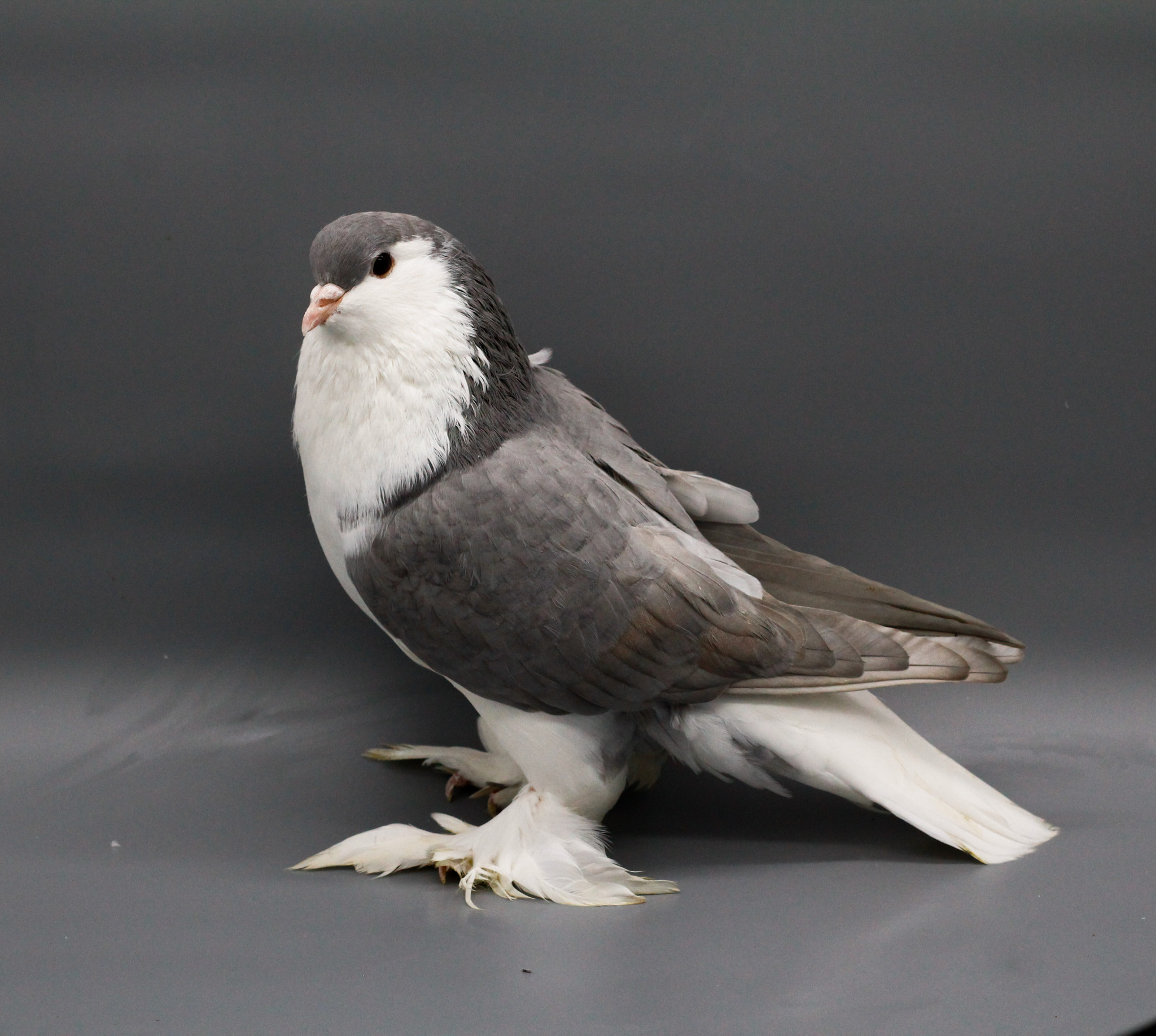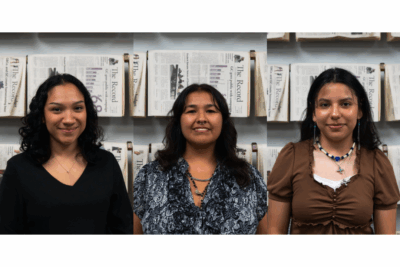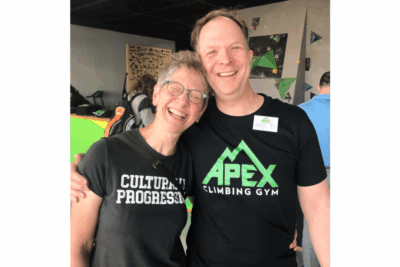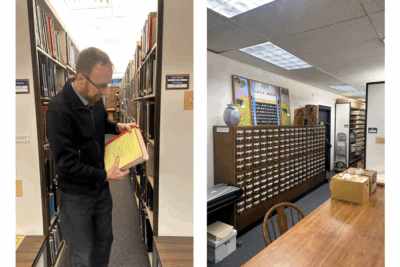For over 10 years, Dan Smith, professor of chemistry and department chair, has been running research that looks at the genetics of pigeons, which he does with the help of a few students. Smith said, “I can only have about two or three people at a time because I actually work pretty closely with them.”
Right now those students are Mikey Anderson, a senior environmental science major; Julia Miller, a sophomore biochemistry major; and Levi Moser, a first-year environmental science major who helps with taking pictures.“We’re interested in trying to figure out what mutations in genes cause different colors in pigeons,” Smith said. This is generally done through isolating the DNA drawn from blood samples and then comparing the sequences of the birds with normal coloration, and the birds with the mutated gene.
Julia Miller has been participating in the research for roughly a year. She explained that their primary project during her time of involvement has been “trying to find the point of mutation that causes the milky gene that causes a blurred, milk-like color and appearance on a typical darker pigeon.”
Additionally, her primary task involved with the research has been “getting samples
from a vial of blood to the specific areas of the DNA that we suspect have the mutation so that we can send them to be sequenced.”
She has also gotten the opportunity to be a part of two off-campus trips to gather those samples.
“This research has been preparing me for after I graduate as I plan on going to grad school,” Anderson said. “So a lot of the lab techniques that I am performing are techniques that I will need to be familiar with and ready to perform in my future career.”
Miller echoed a similar sentiment, saying, “Genetics was something I was interested in and will be a good learning experience as I look ahead at going to medical school.”
Beyond just the future, though, Miller also explained how grateful she is to be a part of a legacy of genetic research.
She said, “So many of the procedures that we use have been improved and refined through years of trial and error with new developments in technology and a greater knowledge of genetics in general. It is exciting to be a part of that!”



